This could be you: Owner of a majestic summer island home with a sweeping vista of Edgartown Harbor, Nantucket Sound and Cape Poge gut; Steward of 18 acres of marsh, cliffs and wooded hills on Chappaquiddick’s North Neck area; and, not least, head of the Royal & Ancient Chappaquiddick Links, a nine-hole golf course cut from the land more than 100 years ago.
This beautiful, quirky corner of Chappy is on the market, put there mostly by the descendants of Dr. Frank Marshall, a Boston dentist who built the imposing Big Camp house on clay and sand cliffs for his bride in 1906 and developed a links-style golf course nearby.
“It’s a little oasis there and it’s a lovely little golf course there,” said Edith “Edo” Potter, a longtime Chappy resident and historian. “Most people on the island don’t know it exists, but those that do appreciate the open space.”
The golf course, in fact, is protected from development because of a conservation restriction granted Sheriff’s Meadow Foundation in late 1994. “It’s allowed to be a golf course,” said Adam R. Moore, executive director of the conservation group. “But it won’t be developed for homes, and if it ceases to be a golf course it will revert back to a natural state.”
The land also borders 34 acres of Cove Meadow property also under restriction with Sheriff’s Meadow.
Mark C. Hess, the director of golf at Edgartown Golf Club who has played the course many times, says “it’s gonna be a hell of a buy for someone.”
“It’s sort of a throwback,” he continued. “It’s a great spot. You’d be hard-pressed to find another like it in the country.”
Indeed.
The listed $12.5 million price gets you the Big Camp house, listed with five bedrooms — or three bedrooms and two sleeping lofts — and a kitchen that might command the best view of any on Martha’s Vineyard; a two-bedroom cottage; and a third structure that is combination barn, garage and bunkhouse. Also included is the golf course, a private, members-only links that somehow accommodates just about anyone who suddenly appears on the sandy road that bisects the course.
The 1,325-yard golf course is comprised of mostly par-3s and features conch shell tee markers and powder-blue flags with conch shell insignia. (The crows keep overturning the markers, hoping for conch meat.) Until recent years, when the name was changed, the golf club was called the Island Ball Watchers Society or, alternatively, the Inland Ball Watchers Society, presumably because the first tee is not on the water, but about 100 yards away. Nevertheless, several holes have water views.
Sitting on the porch overlooking the harbor, near the compound’s weathered American flag snapping in the breeze, Brad Woodger talked about his family’s decision to part with the property after so many years.
Mr. Woodger, his two brothers, Kent and Scott, and his mother, Kris, own a three-acre parcel that includes the Big Camp house, the guest house and the auxiliary building. Separate parcels hold the golf course, and are owned by Mr. Woodger, his partner Kim Bennett, whose father Bob pitched in for more than a dozen summers to help keep the golf course going, and George Bennett, no relation to Kim, who owns neighboring property.
“I’ve made my peace with it because this isn’t the first time that we’ve ever thought that we’ve got to sell the place,” Mr. Woodger said. “It has been a discussion, ongoing, for many, many years.”
Mr. Woodger, 48, the great-grandson of Dr. Marshall, has been primarily responsible for maintaining the property, including the golf course for more than two decades. In recent years he has written a summer column for the Gazette about Chappaquiddick.
“The family is limited in their resources,” he said. “It takes chunks of money. I used to think all it needed was love, then I thought all it needs is money. But I think it needs love and money.”
The site’s vistas may be breathtaking, the Big Camp house evocative of bygone summer lodges, the golf course intriguing and the property home to harriers, kestrel and wildflowers, but there’s still something about the place that escapes precise description, perhaps a whole that’s greater than the sum of its parts, which explains its price tag, he said.
“I don’t think a lot of people get that,” he said. “And it will take the right buyer to see that.”
Joann and Jack Mettler seemed to. Now residents of Edgartown, from the early seventies through the late eighties they moved their family from their Connecticut home to the Big Camp house for 15 summers and seemed to appreciate that it was more than a summer rental, but a distinct way of life.
In a phone interview, Mrs. Mettler said she virtually learned to play golf on North Neck, and she and her husband won the club championship one year. “The rough was probably rougher than any golf course you’ll ever play, even in Scotland,” she said. “You played the road as a sand trap.”
Often the family fed guests what they caught or plucked from the sea, she said. And then there were days when the schooner Shenandoah seemed to set sail across her kitchen window. “I’ve never experienced vistas like that, magnificent skies, weather, as I did just standing on the porch or cooking,” she said.
The Island Ball Watchers Society had an annual club championship, awards ceremony and clambake, which for many years featured Vance Packard, the critic and essayist, who served as the club’s historian and composed witty readings for the occasion.
Minutes from the June 2, 1992, board meeting of the society reflected the fun and fragility of a links course maintained at minimum expense, essentially by one person, Mr. Woodger. The families that owned the land, according to the minutes, “want to keep it as a golf course with the same happy, friendly, low-key ambiance it has always had since Dr. Marshall started it. Brad is valiantly trying to do this.”
On a cloudless, warm afternoon this week, Mr. Woodger gave a quick tour of the course in a motorized golf cart, passing a few groups of golfers playing the hilly course, dotted with oak, pitch- pine and cedar. “I’ve lovingly pruned each and every one of these trees,” he said.
At one point in its history, the golf course was 24 holes, but in recent years was only six, until 2008 when it was closed for renovations that added three holes, refurbished the greens and tees and updated the irrigation system. The philosophy has been to use the land as it presents itself, rather than mold it into someone’s vision.
“My great grandfather, my grandfather and myself looked at what’s there, and said how do things fit in to the pre-existing conditions,” he said.
On this afternoon, a man showed up and handed Mr. Woodger some cash to play. Another couple appeared, said they thought the course was public, and Mr. Woodger didn’t have the heart to turn them away.
When the course was renovated, there were plans to make a serious business of the place, with strict rules of membership, initiation fees and other trappings of many private clubs. But he disdained a bottom-line mentality. When asked who could be a member, he shrugged and said, basically, anyone.
“What am I gonna say? ‘I don’t like you?’ I can’t do that.”
The owners are willing to wait for the right offer on the place, but Mr. Woodger is preparing himself to leave a property that has essentially dominated his life for many years.
“I came back here to help out,” said Mr. Woodger, “It’s been a labor of love, to use a cliché. And it’s been a special, special place.”

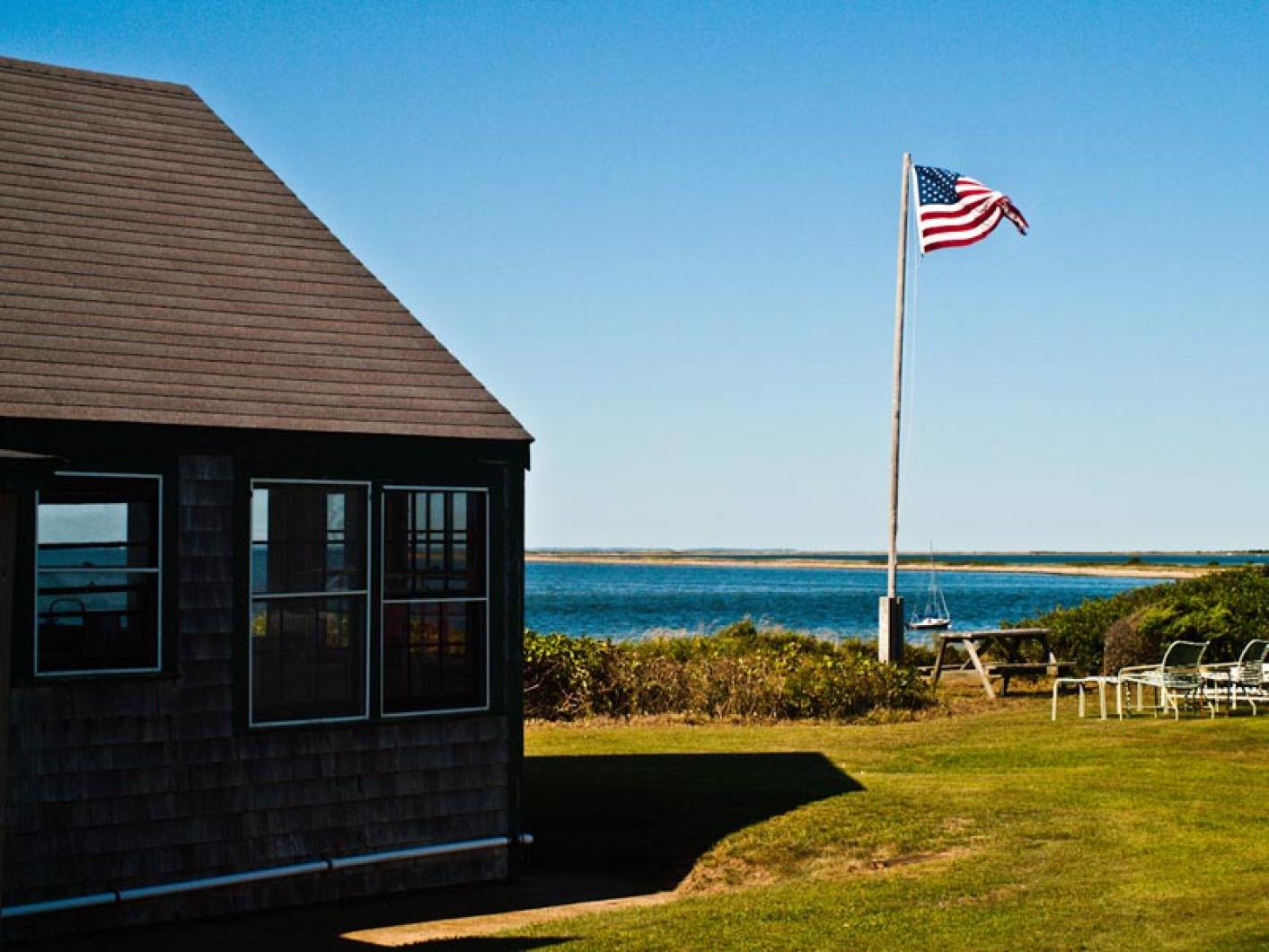
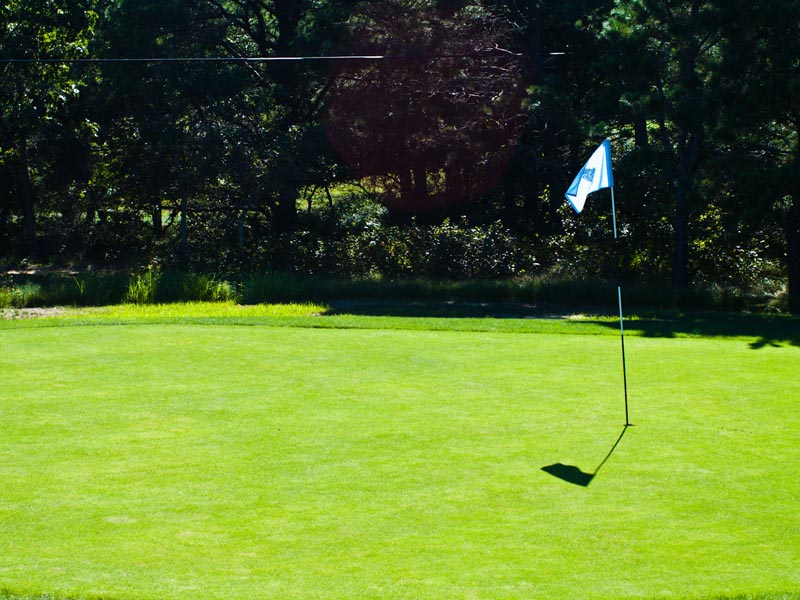
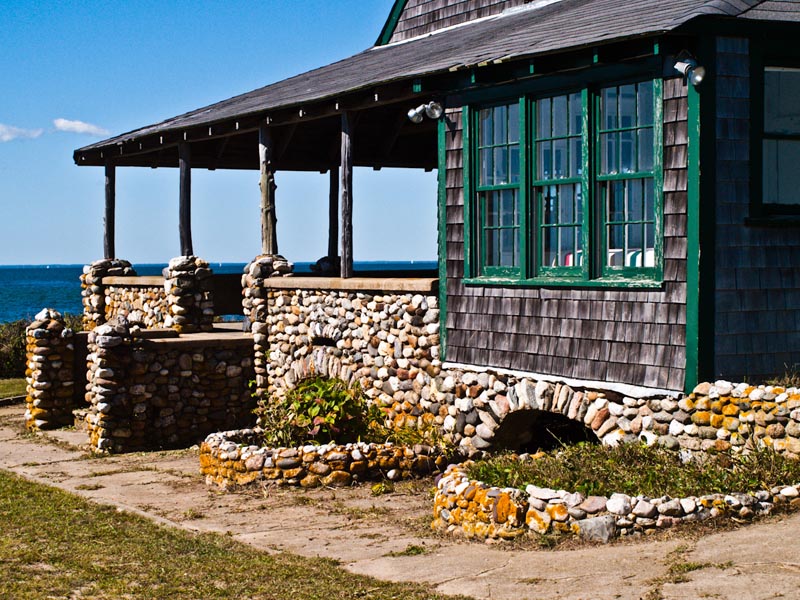
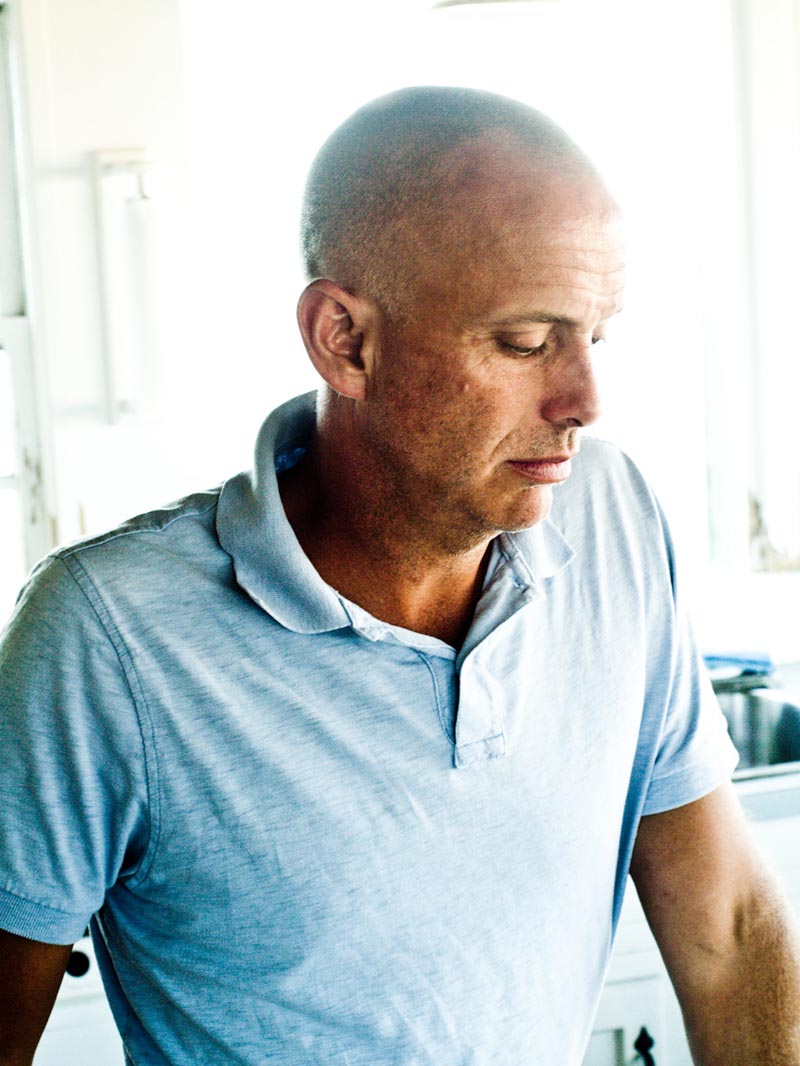
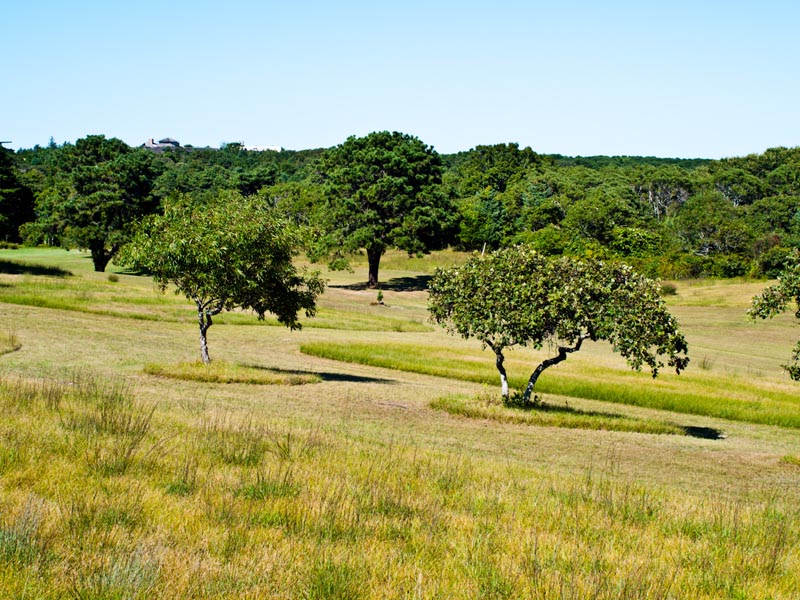
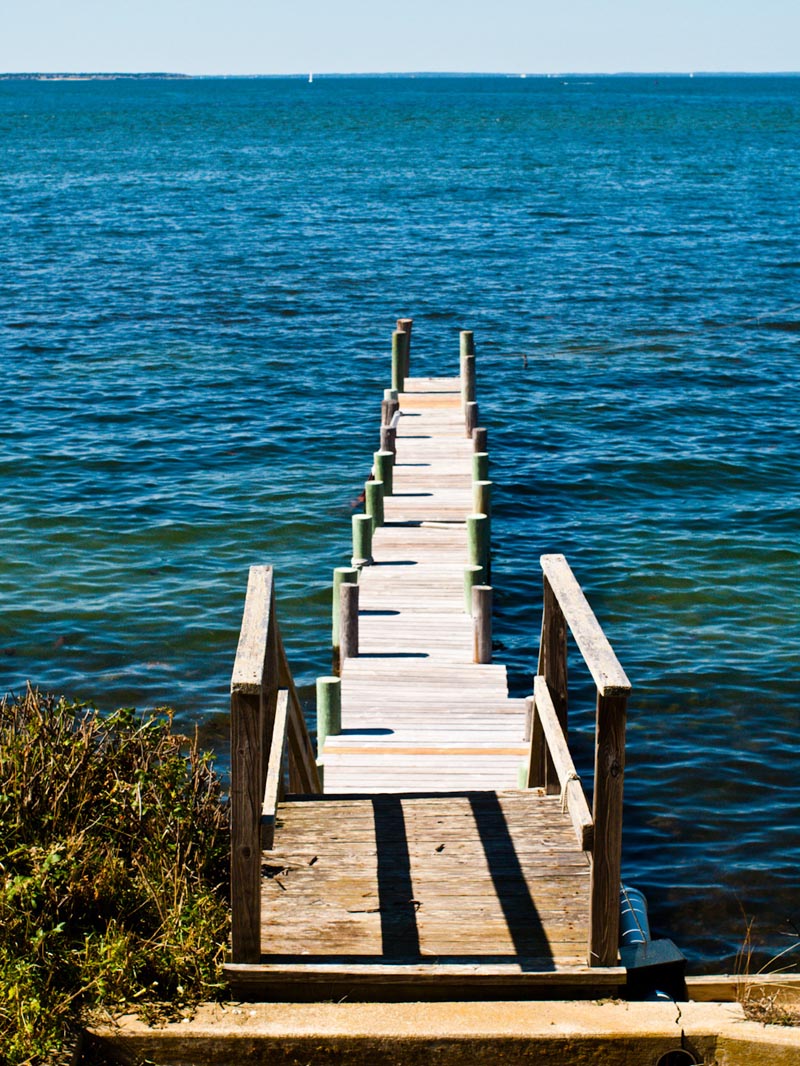





Comments (7)
Comments
Comment policy »